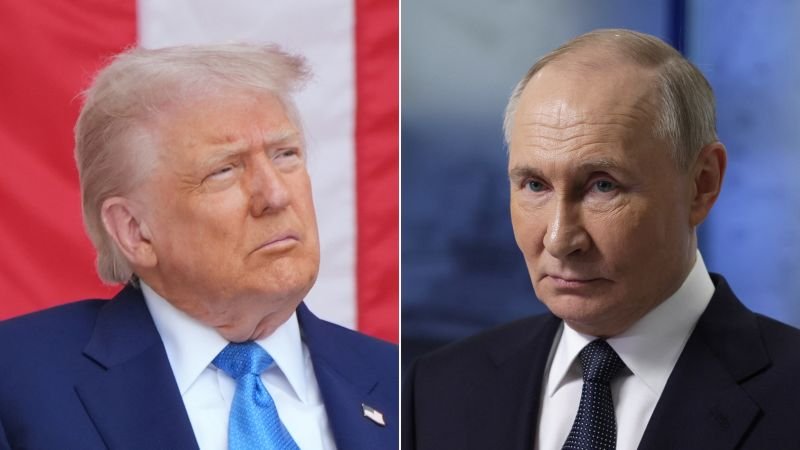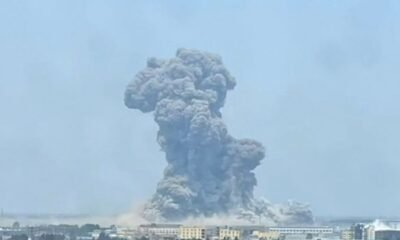CNN
—
Until last week, a secretive fleet of ships ferrying Russian oil around the world showed no clear links to the Kremlin. That changed when, in a dramatic escalation, Russia used a fighter jet in an apparent effort to protect one of the tankers thought to be in the fleet.
After the Estonian military contacted the Jaguar – an unflagged tanker sanctioned by the United Kingdom earlier this month – on May 13 in an attempt to carry out checks, a Russian Su-35 fighter jet flew past the ship, inside Estonian airspace, the Estonian Defense Forces said. The military eventually escorted the tanker out of Estonian waters.
“This is something very new,” Estonian Foreign Minister Margus Tsahkna told reporters Thursday at a NATO meeting in Turkey. Russia has now “officially tied and connected itself” to the so-called shadow fleet, he added.
Others agree. “This seems to be a step-change in Kremlin thinking,” Ed Arnold, a senior research fellow at the Royal United Services Institute (RUSI), a UK-based think tank, told CNN.
Estimated to be hundreds of vessels strong, with no official ties to Russia, the “shadow fleet” includes many old, poorly maintained ships, which have in some instances wreaked environmental havoc and, according to some, have been implicated in damage to vital undersea cables off the Baltic coast. Russia has denied any role in the damage.
The tankers, many with opaque ownership structures, transport Russian oil for export to avoid Western sanctions. As such, they have themselves become a focus of further sanctions on Moscow.
Russia’s use, for the first time, of “military action” in response to economic sanctions “is a testament to the level of the threat that we’re facing on the eastern flank of NATO,” French Foreign Minister Jean-Noël Barrot told journalists at the meeting in Turkey.
Video shot from the bridge of the Jaguar, which appears to have been edited, shows a radio call from Estonian authorities demanding the ship change course, with Estonian military ships and aircraft visible around the tanker. CNN has corroborated details of the footage, which was shared online by Margarita Simonyan, editor in chief of Russian state media outlet RT.

Later in the video, a sole Russian Su-35 fighter jet sweeps ahead of the tanker, which was previously named the Argent, according to shipping records and the UK government. In response, Portuguese F-16 jets on a NATO mission in Estonia were rushed to the area to monitor the Russian aircraft, NATO said.
The jets are part of a strengthened NATO presence in northern Europe since Russia’s full-scale invasion of Ukraine in 2022.
“Probably what the Kremlin is trying to do is push back on that, so in the hope that NATO nations get spooked by what happened (last Tuesday),” said Arnold at RUSI.
“There will be those within NATO who are a bit worried about this and say, ‘Well, hang on, do we really want to risk starting a wider confrontation with Russia over one ship?’”

CNN gets access to NATO exercise mimicking war with Russia

























